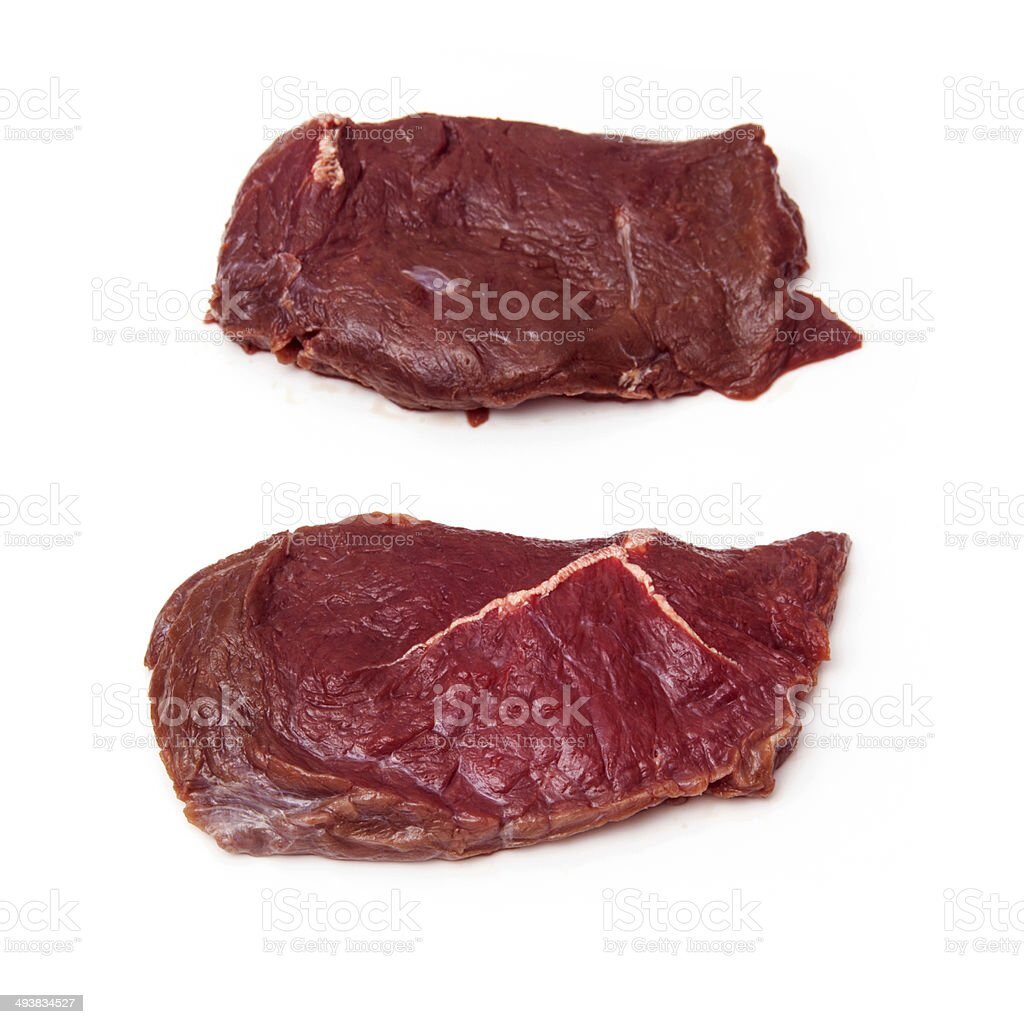Horse meat is a popular food in countries around the world. While some cultures classify it as taboo, it has many health benefits and is a great source of protein.
However, some people are concerned that the meat contains harmful drugs and chemicals. For this reason, it is not generally considered safe to eat.
Overview of Horse Meat as a Food Source
Horse Meat is a food source available in many countries. It is a delicacy in some regions, and is often consumed as part of traditional dishes.
Despite its widespread consumption, horse meat is a controversial animal product, with some cultures classifying it as taboo. This may be attributed to the fact that it has a strong association with pagan religious practices and ceremonies.
As with other red meats, horsemeat is a highly nutritious and protein-rich food. It is also considered a good source of iron and other essential vitamins.
Culinary Uses and Traditional Dishes Featuring Horse Meat
Horse meat is widely used around the world in a number of culinary applications. It is leaner than beef and venison and has a sweet gaminess that makes it particularly delicious when cooked.
In Europe, it is traditionally eaten in burgers and steaks. It is also a popular ingredient in sausages and tartare.
While in some countries horse meat is still considered taboo, it is eaten on a regular basis in other places, such as Japan and Central Asia.
In Russia, it was a staple food for Mishar Tatars until 1917. During times of war or starvation, horseflesh was a last resort for survival. It was not only an important part of the Mishar Tatar diet, but it was also a symbol of their identity.
Availability and Market Trends of Horse Meat Consumption
Horse meat has long been a popular food source in Europe. It is a staple ingredient in sausages, hamburgers, lasagnas, and many other traditional dishes.
It is also a staple in many processed foods. It can be found in bottled spaghetti bolognese, frozen chili con carne, and many other meat-based products.
The consumption of horse meat is a growing trend in France, where 16% of households consume it an average of six times a year (440 grams per person). It can be purchased from specialized butcher shops or supermarket butchers.
In certain regions, livestock breeding is the only agricultural option due to natural conditions that are unfavorable to crop-farming. In these areas, extensive livestock breeding is an important economic development tool for farmers. It also helps preserve mountain grasslands and nine endangered local heavy horse breeds.
Health Benefits and Concerns
There are several health benefits to eating horse meat, including high levels of iron, protein, and other nutrients. It is also a good source of fatty acids, including monounsaturated and polyunsaturated fat.
In some cultures, eating horse meat is considered a delicacy and can be enjoyed as part of a traditional meal. However, in the United States and many other countries around the world, it is not commonly eaten due to a variety of reasons.
One of the main reasons that people avoid eating horse meat is because they feel that it is unsafe and unhealthy to consume. This is largely because of the potential dangers associated with horse medications, which can remain in the animal’s system after they are slaughtered.
Sustainability Issues Surrounding the Harvesting and Consumption of Horse Meat
Horses have a long history of significance in American culture and religion. They’ve played pivotal roles in social development, art, literature, and sports for thousands of years.
But for many Americans, the thought of eating horse meat is nauseating. That’s because horses are prone to being exposed to drugs that can taint their meat.
This makes it difficult for the USDA to ensure that horse meat is safe for human consumption. The agency relies on random-sample testing to assess the safety of meat, but it overlooks the fact that each horse has a unique life story.

